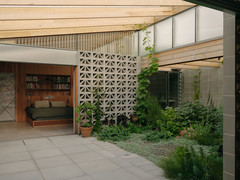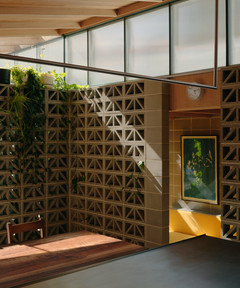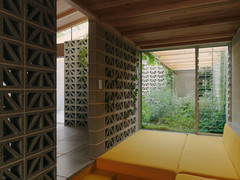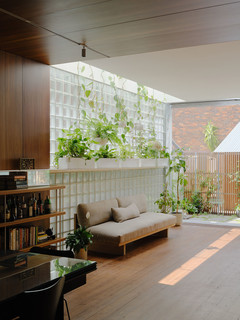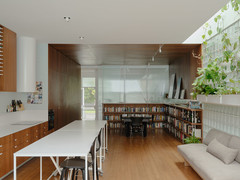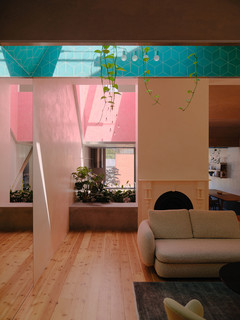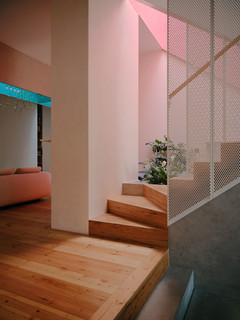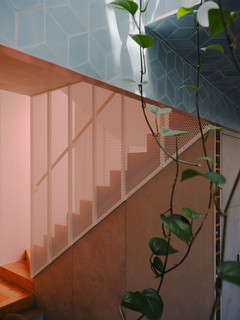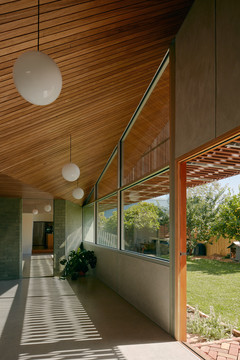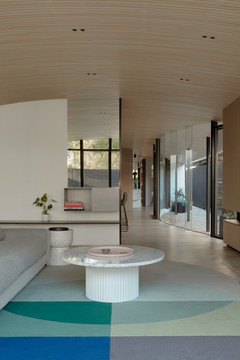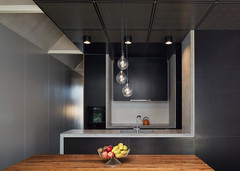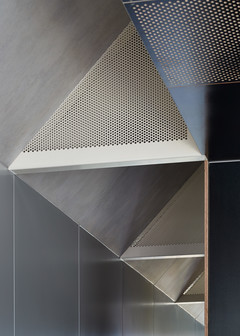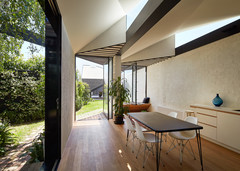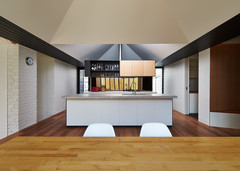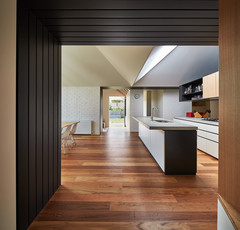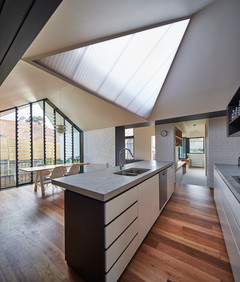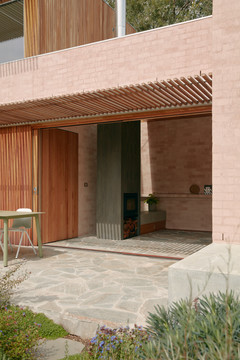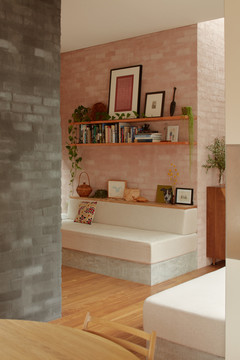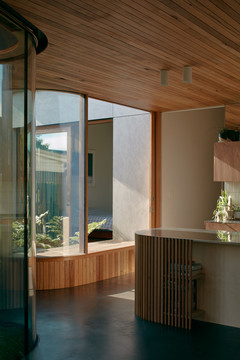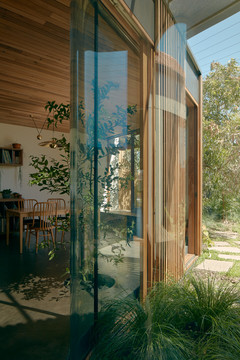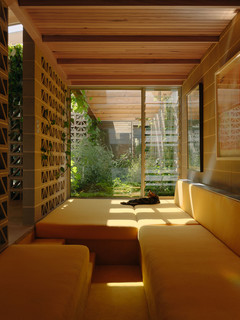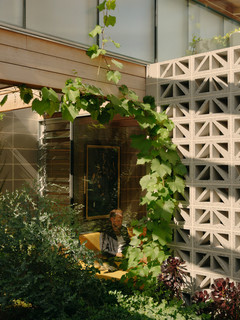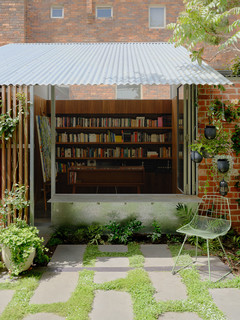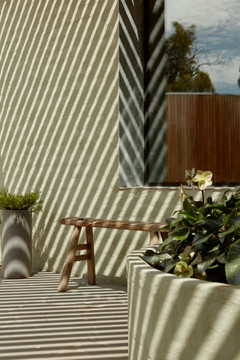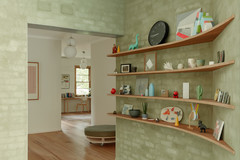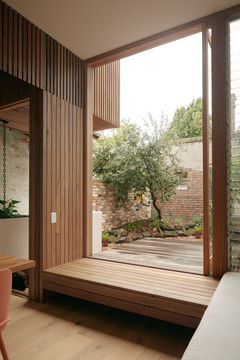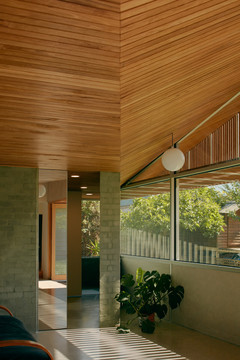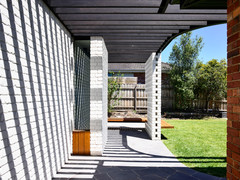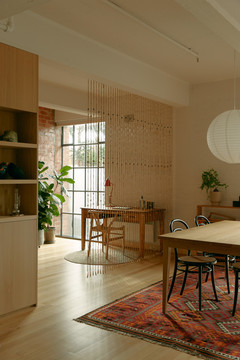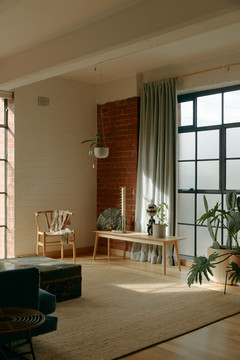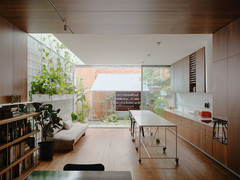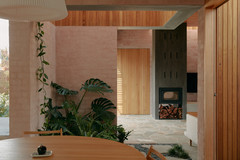
Ceiling–scapes:
connecting with the endless.Space is a mysterious thing. Left unbounded it is endless and yet, lacking perceptible dimension, collapses into singularity. Only when we limit space, giving it structure, does it begin to express its dimensions.
As a lump of flesh the physical body occupies very little space at all. If it were entirely self-sufficient, perhaps we’d be content with a shrink-wrapped existence, enduring in a state of perfect protection.
Our nutritional, material and social needs demand we engage with the world outside our bodies. For this we have developed senses, extending our experience into the space around us.
Perhaps it is true that space can be plotted on just three axes, but if this is true, those axes would surely be functional, social and emotional. Comfort exists where it attends to all three. And then there is the question of spirit.
Free of hat stands and toasters, the space overhead has long been held sacred; a canvas for deities and celestial beings, the arcing sun and the evening stars.
It is this firmament, liberated from social and functional obligation, cleared of life’s clutter, where we are free to imagine; to indulge the dream of our higher selves.
Some of our best work happens in this space:
ceilings and roofs that lift, fold, and crack open;
letting in the sky, holding it there for contemplation;
letting out the spirit, connecting us with the endless.
Form vs Space:
the phallus and the womb.In every art, there is figure and there is ground. Music and silence, form and space. But as composer John Cage demonstrated in his seminal 4.33, silence isn’t mere absence, and absence is rarely silent. There are lessons here for the built environment.
If form is presence, then space is accommodation; the phallus and the womb. Form is what is fixed, where space accounts for what is possible. Space is less certain, is fluid, susceptible to change, open to interaction, modification, adaptation. Form is speech where space is listening. If form has a habit of appearing more radical, it is only because it drives its stake so firmly into the ground. Space proposes, negotiates and adapts. It’s agenda is less certain, but far more affecting.
Where form asserts, space subverts.
Form Follows Qualities:
an adaptable architecture.In the built environment wherever form persists, the changing needs of function are strait-jacketed.
In the interests of an architecture with a longer shelf life, we require nuanced forms, comprising elements of both permanence and adaptability; an architecture inviting participation, interpretation, and modification.
Happily, while our functional needs may evolve, the fundamental concerns of an architecture adapted to the human experience remain somewhat universal. Such an architecture can still attend to concerns of journey and aspect, of threshold and arrival, creating moments of stillness and movement, expansion, contraction, connection and retreat. Rather than attending strictly to the functional requirements of the day, we can shape an architecture around its qualities, such that every future use may find its grand hall, its private nook, or whatever it may need.


